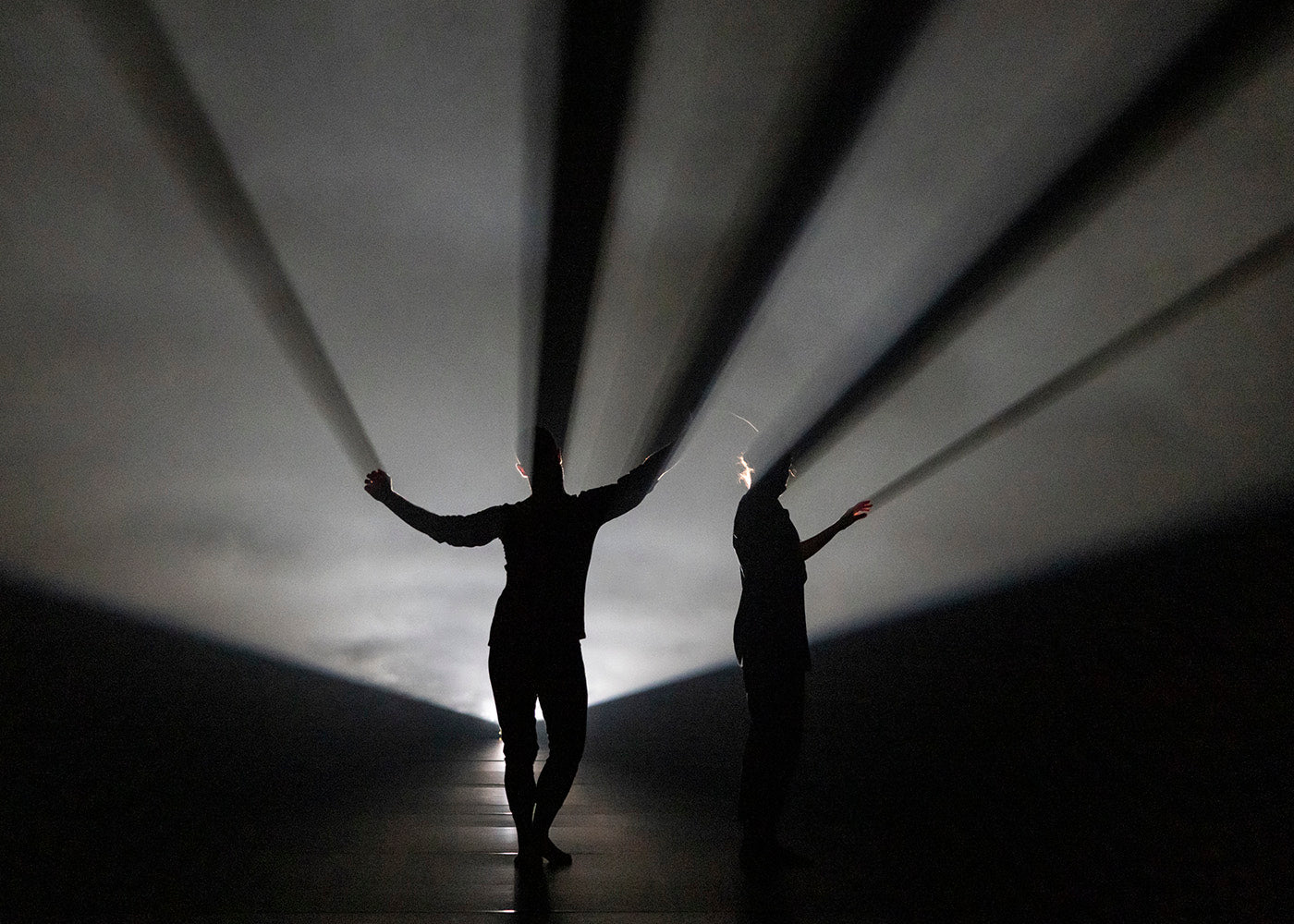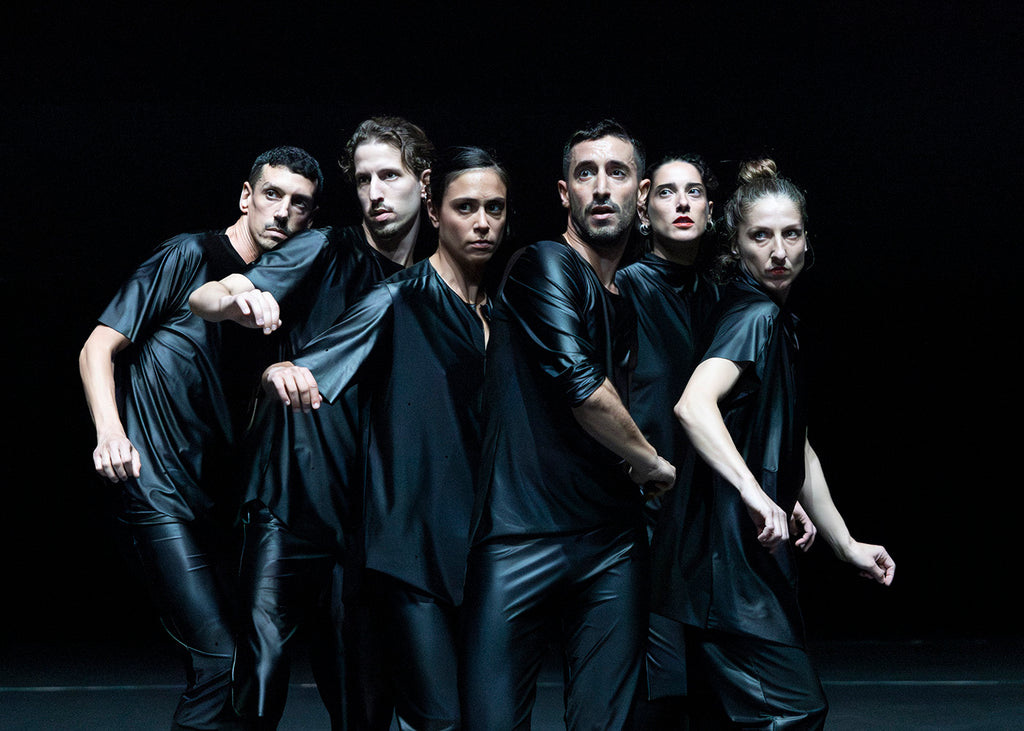Eager to explore this new arts power place and its festival offerings, I attended the US premiere of Greek choreographer Christos Papadopoulos’ work “Larsen C” on a mid-October Friday night. Papadopoulos is a founding member of the dance company Lion and the Wolf, for which he choreographs, and he began receiving significant recognition for his choreographic work in 2016. The company’s extensive touring engagements across Europe have rewarded Papadopoulos with commissions from notable organizations such as Dance On, the Lyon Opera Ballet, the Biennale de la Danse Lyon, and Nederlands Dans Theater. “Larsen C,” which premiered in 2021, is named after the vast Antarctic ice shelf that suffered a breakaway in July 2017, forming the iceberg known as A-68.
Many of Papadopoulos’ works draw inspiration from nature and natural processes and explore micro-movements, repetitions, and minute variations. Indeed, the process of the ice shelf calving began long before that single event. In “Larsen C,” the movements suggest a form that is constantly shifting, dissolving into itself, and transforming—like a glacier or a coastline.
At first, all we see is a bare back twisting and jutting from side to side framed in a small square of light, floating amid a dark stage. Eventually the vision grows to reveal a male dancer in a satiny black outfit (by Angelos Mentis) slithering sideways across the back of the stage. We don’t see his head. We just see the headless back of a body skimming the floor as if on ice, his naked arms undulating—sensing the space around him. He finally turns toward the audience—his torso, limbs, and expressionless face taking on the sensate quality of an underwater creature moving nonstop through a dark, liquid environment. When a female dancer appears moving with the same quality, they meet centerstage, vibrate their hands against each other, and in a staccato moment, jut their faces toward each other like kissing birds. Suddenly they are blown apart as if by a whoosh of air.










comments